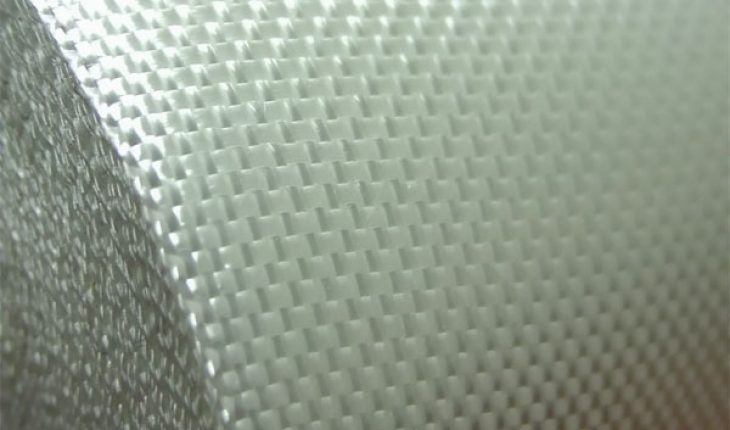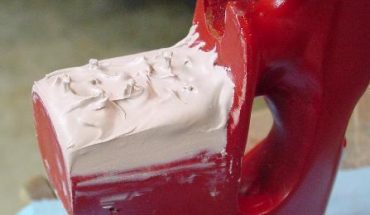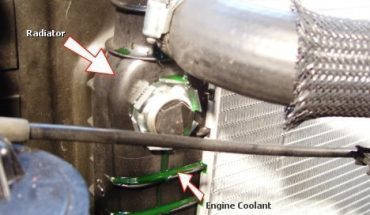Fiberglass is a durable, lightweight and corrosion resistant material that is ideal for use in vehicles such as cars and boats as well as building components like doors and bathtubs. It is nothing but layers of glass fibers encased in polyester or epoxy resin in a process known as lamination. But despite its strength, it is not indestructible. Cracks at the point of strong impact or weak spots caused by bubbles in the lamination process are nothing to despair about. With patience, the right materials and by following instructions below, you can learn how to repair fiberglass like a professional and save a significant amount of money in replacement cost.
Before you begin repair, inspect the fiberglass closely and access the extent of the damage which may range from gaping holes to hairline cracks that are difficult to see with the naked eye. Tap the surface of the fiberglass with your knuckles. A solid surface gives off a sharp sound while a damaged one gives off a dull thud. Purchase from your nearest auto parts store or home center a fiberglass kit that contains the resin, hardener and fiberglass cloth or mat.
Then, cut off the damaged area taking care not to remove so much that the portion to be repaired becomes unnecessarily enlarged. If possible, work from the backside of the fiberglass. By doing so, you will have a smaller area to refinish on the other side. Moreover, this will also allow you to back up the hole with a polished surface that will function as a mold where you will apply the fiberglass mat layer by layer.
Cut the mat in suitable sizes that will cover the damaged area giving enough overlap. Don’t worry if the mat seem stiff, because it will become flexible when the resin is applied. Using a rag with acetone, clean the surface to be repaired making sure that dust, oil and other contaminants are removed to ensure adhesion or the resin. In a disposable plastic or metal container, mix the resin and hardener thoroughly with a stick following the proportions indicated on the package.
Lay the mat over the crack or hole and brush on the resin mixture. As the mat becomes flexible, gradually build up the layer of the fiberglass by repeating this procedure of applying mat and resin until you achive the desired thickness that will give the required strength. Be sure to properly compact the patch in between layers to prevent bubbles which may develop into weak spots. Set aside and allow the patch to cure in accordance with package instructions.
Using a medium grade sandpaper rub off rough spots until hand smooth. To finish, sand with a wet #400 sandpaper and apply a similarly colored gel or enamel. Admire your work and congratulate yourself for learning how to repair fiberglass.
Safety Tips:
When working with epoxy resin and volatile chemicals like acetone, be sure to work in a well-ventilated area away from sparks and flames. Wear protective gear like goggles, face mask and gloves when applying acetone or resin to protect your lungs, eyes and skin.





